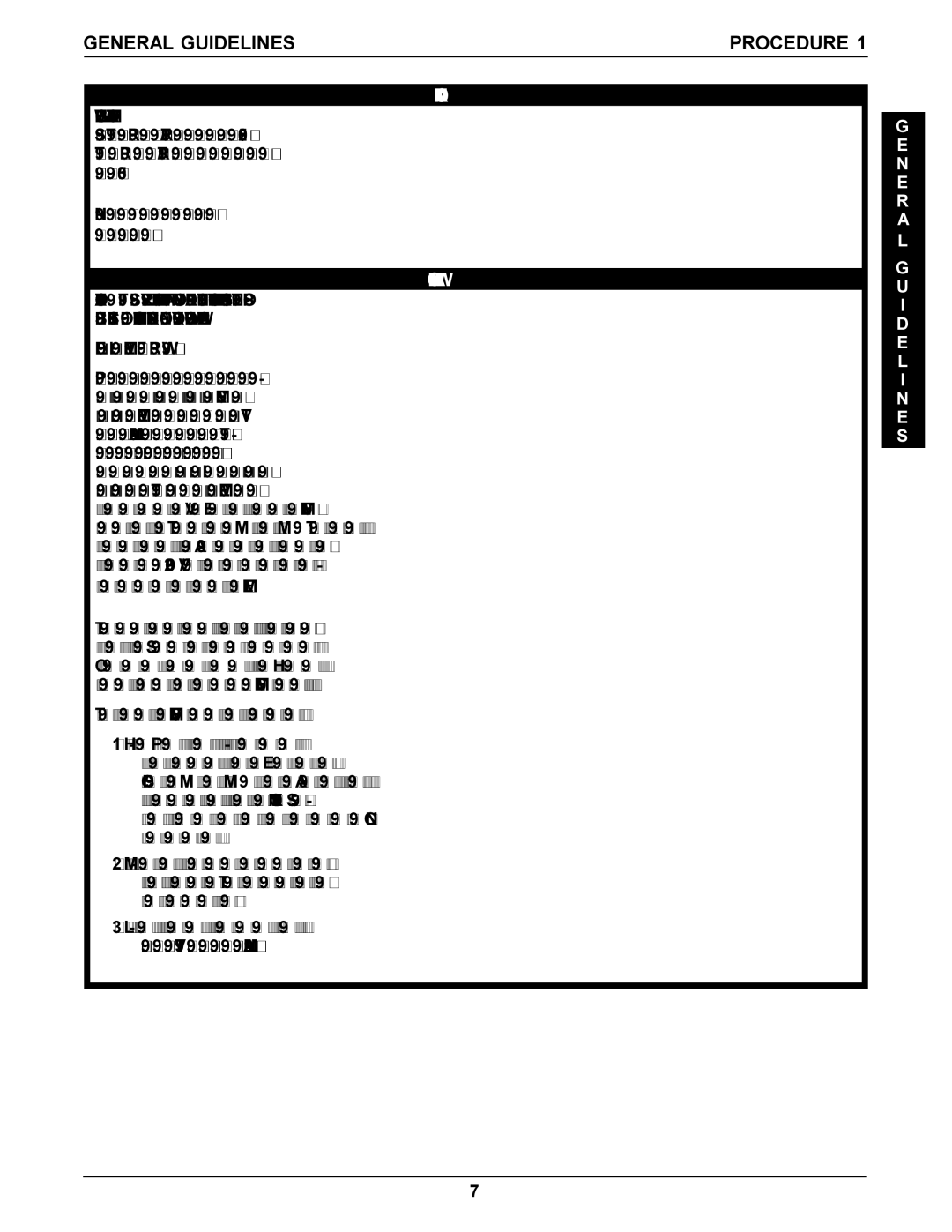Recline specifications
Invacare Recline is a sophisticated and highly adaptable wheelchair designed to enhance the quality of life for users who require recline functionality. Its design focuses on comfort, safety, and ease of use, making it an excellent choice for individuals with various mobility challenges.One of the standout features of the Invacare Recline is its adjustable reclining backrest. This allows users to find their ideal position, whether they are relaxing, resting, or engaging in daily activities. The backrest can be adjusted effortlessly, often by using a lever or pneumatic mechanism, providing a seamless transition from an upright to a reclined position. This feature is particularly advantageous for users who may experience pressure sores or require occasional changes in posture throughout the day.
The wheelchair is equipped with a durable and lightweight frame, making it easy to maneuver both indoors and outdoors. The construction often includes high-strength aluminum or steel, ensuring stability and longevity while also maintaining a manageable weight for caregivers. This balance of strength and portability enhances the user experience, allowing for a greater degree of independence.
Another important aspect of the Invacare Recline is its customizable seating system. The seating can be tailored to the specific needs of the user, with various options for cushions, back supports, and armrests. This customization not only improves comfort but also promotes optimal positioning and postural support, essential for users who may have specific medical needs.
Incorporating advanced technology, some models of the Invacare Recline include powered options, which allow users to adjust their position with the push of a button. These electric systems are particularly beneficial for individuals with limited upper body strength, enabling them to control their posture and comfort without assistance.
Safety features are paramount in the design of the Invacare Recline. It commonly includes secure locking mechanisms for wheels, anti-tipper features, and safety straps, ensuring that users are secure while reclining or maneuvering. The careful consideration of safety is essential to instill confidence in both users and caregivers.
Overall, the Invacare Recline wheelchair exemplifies innovation and thoughtful design, combining adjustable reclining capabilities with robust technology and customization options. It stands out in the market for its commitment to improving user comfort and independence, ultimately enhancing the quality of life for individuals with mobility challenges.

